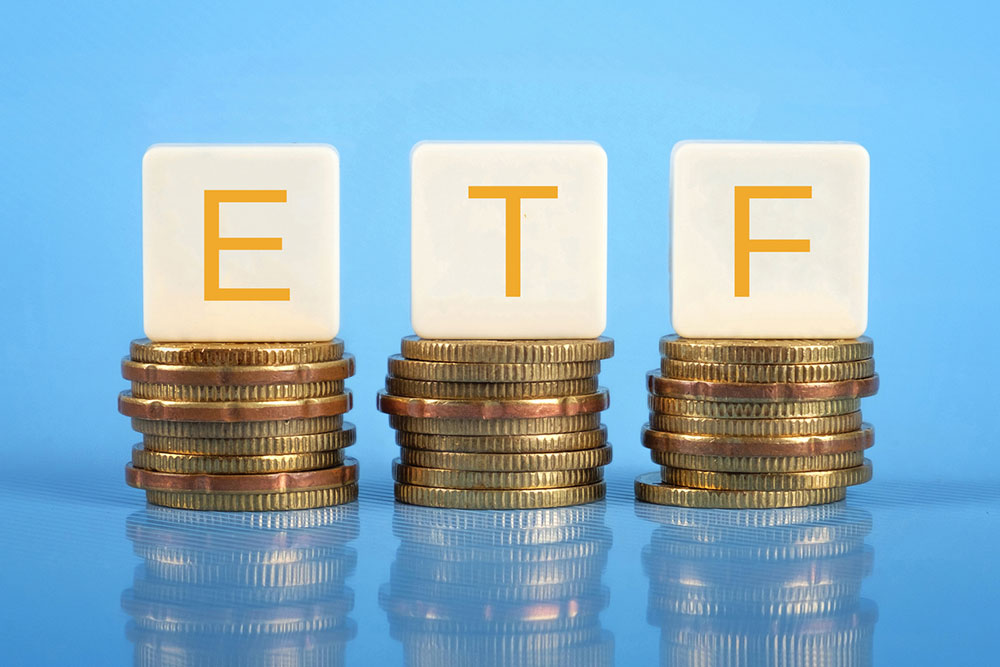Understanding Bond ETFs: Types, Investment Strategies, and Advantages
This article explores bond ETFs, discussing their types, investment strategies, and benefits. It highlights how these funds can diversify portfolios, lower risks, and generate reliable income. The piece provides practical tips on selecting and monitoring bond ETFs and emphasizes their liquidity and cost advantages for investors seeking a stable investment vehicle.

Understanding Bond ETFs: Types, Investment Strategies, and Advantages
Modern investors have numerous options to diversify their portfolios and enhance returns. Bond exchange-traded funds (ETFs) are a popular choice, often seen as safer alternatives to stocks. These funds generate income through monthly dividends and can help mitigate investment risks through diversification. Learning about the different types, benefits, and investment approaches of bond ETFs can be valuable for investors aiming for steady income and risk control.
What Are Bond ETFs?
Bond ETFs are funds traded on stock exchanges that invest in a wide array of bonds, allowing investors to gain broad exposure without buying individual bonds directly.
These funds aggregate money from multiple investors to purchase various bonds such as government, municipal, corporate, treasury, and high-yield types. This diversification can help lower overall investment risks. Investors can select between short-term and long-term bond ETFs and trade them just like stocks on stock exchanges.
While similar to mutual funds, bond ETFs differ in their holdings and fee structures, making them unique investment tools.
Types of Bond ETFs
Government Bond ETFs: Typically low-risk investments issued by national governments, offering safety and stability.
Corporate Bond ETFs: Include bonds issued by companies; risk varies depending on the issuer’s creditworthiness but usually offer higher yields.
High-Yield Bond ETFs: Known as junk bonds, these funds offer higher returns but come with elevated risk due to low credit ratings.
Municipal Bond ETFs: Bonds issued by local entities such as states and municipalities, often with tax advantages, making them appealing for tax-conscious investors.
Treasury Bond ETFs: Long-term government securities, usually considered safe, with maturities exceeding ten years.
Smart Strategies for Investing in Bond ETFs
Set Clear Goals: Determine your risk tolerance and investment objectives. Low-risk options include government bonds or short-term ETFs, whereas long-term investors might seek higher yields through extended maturities. Regular income seekers should look for ETFs with frequent dividend payments.
Compare Options Carefully: Analyze yield history, past performance, and trading volume to ensure liquidity and income potential. Remember, past results do not predict future performance.
Create an Investment Account: Open a brokerage account to trade bond ETFs. Many platforms allow quick setup without upfront deposits, but you'll need to fund your account first.
Stay Informed and Monitor: Keep track of market trends and your investments to identify optimal buying and selling times, ensuring your strategy remains aligned with your goals.
Benefits of Bond ETFs
Enhanced Liquidity: ETF shares can be bought or sold quickly and easily, offering flexibility compared to individual bonds.
Cost Efficiency: Trading fees for bond ETFs are significantly lower—about 60% less than mutual funds—and you can start with the price of a single share, making them an affordable investment choice.










